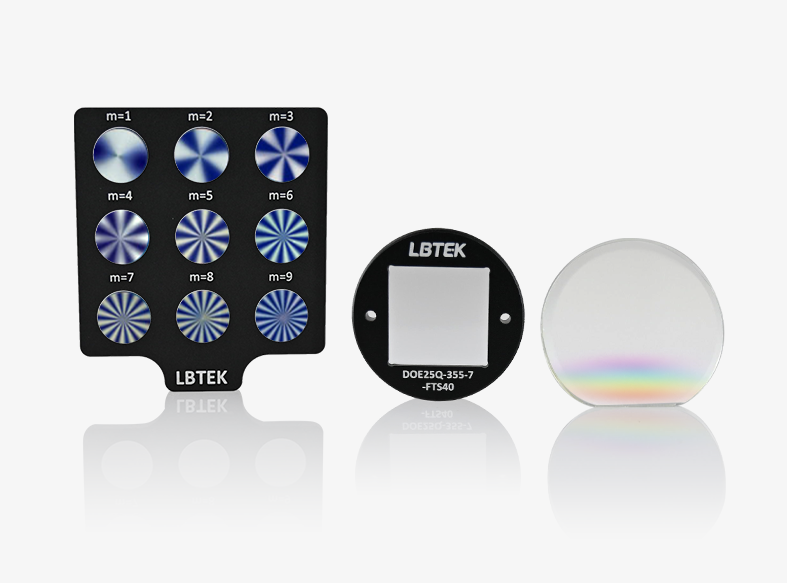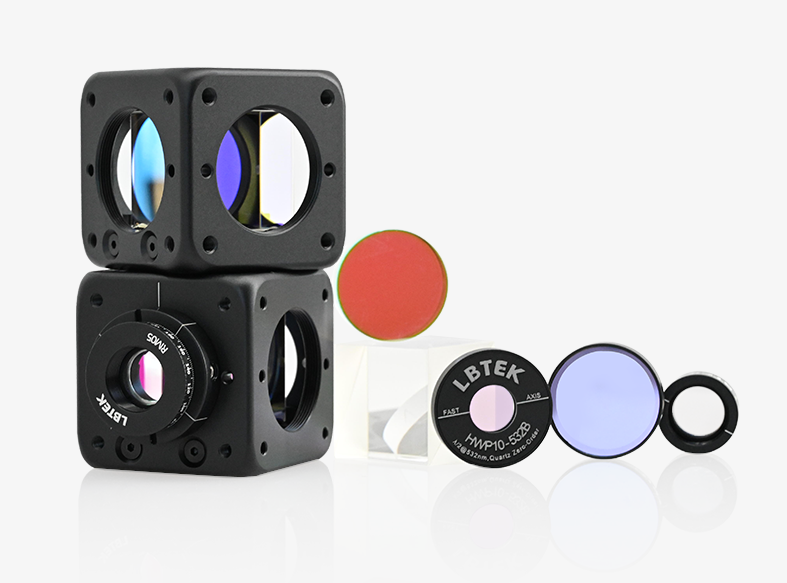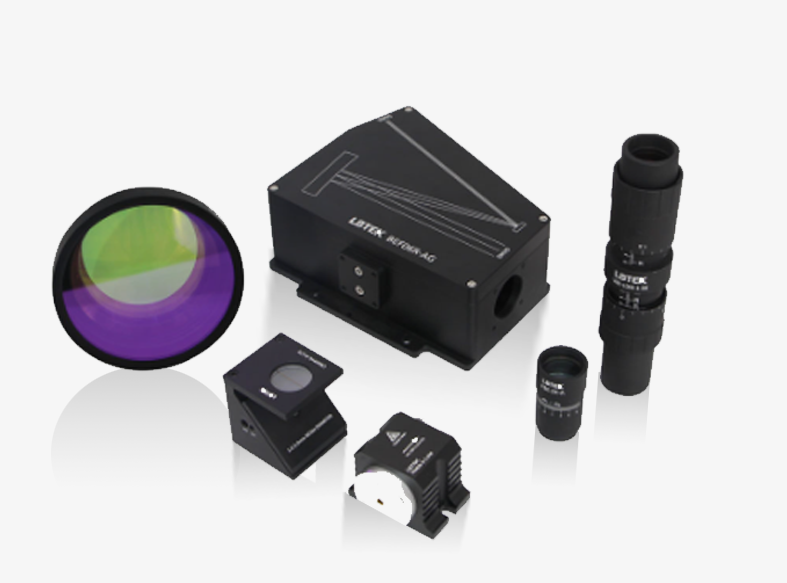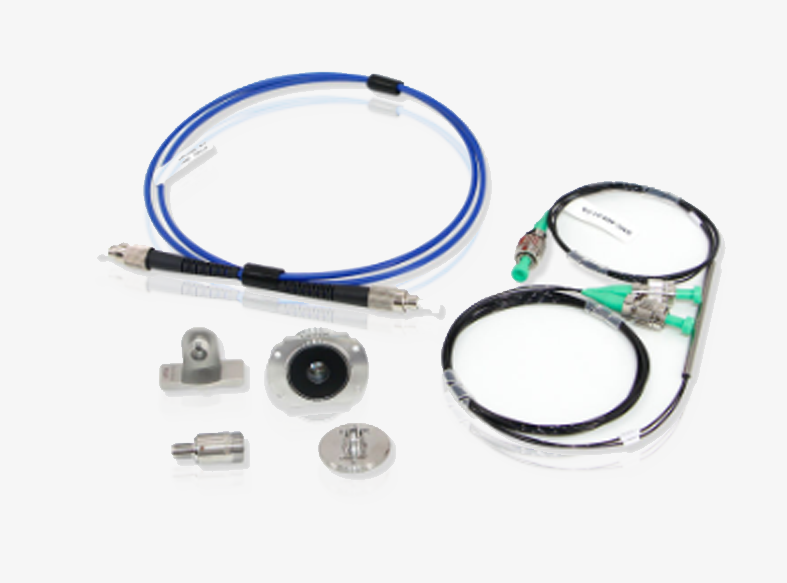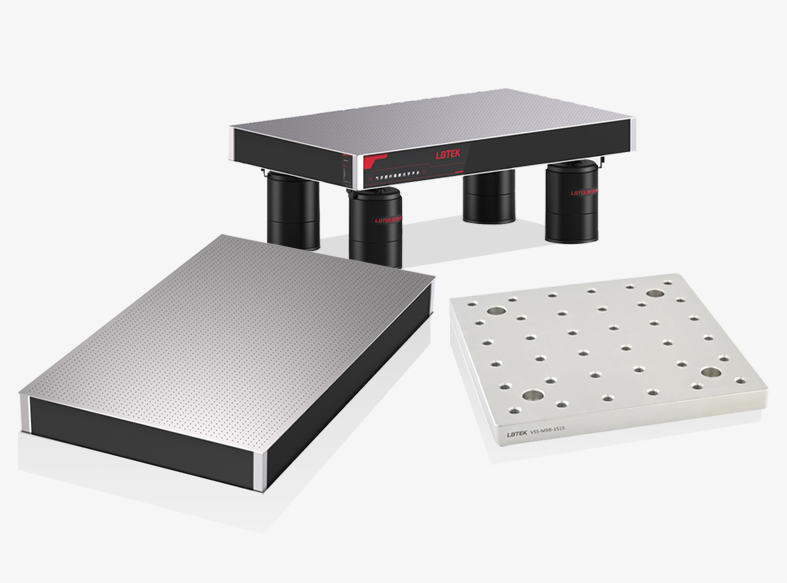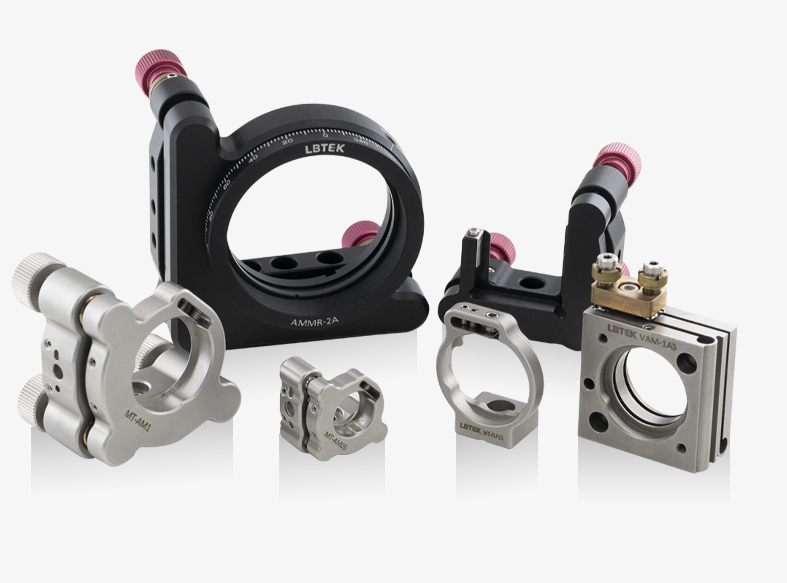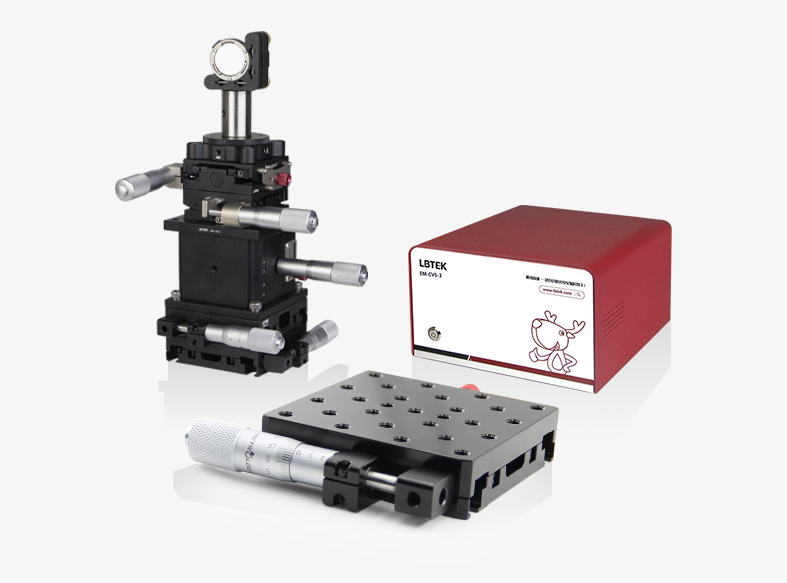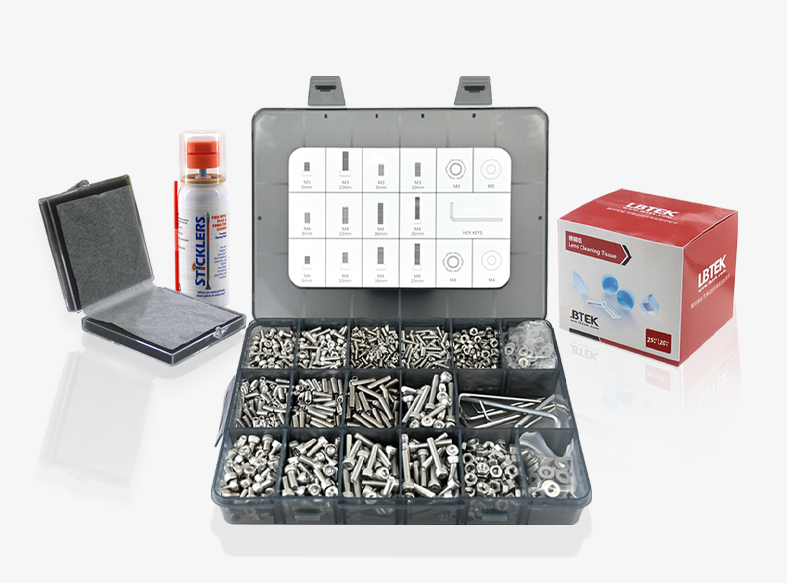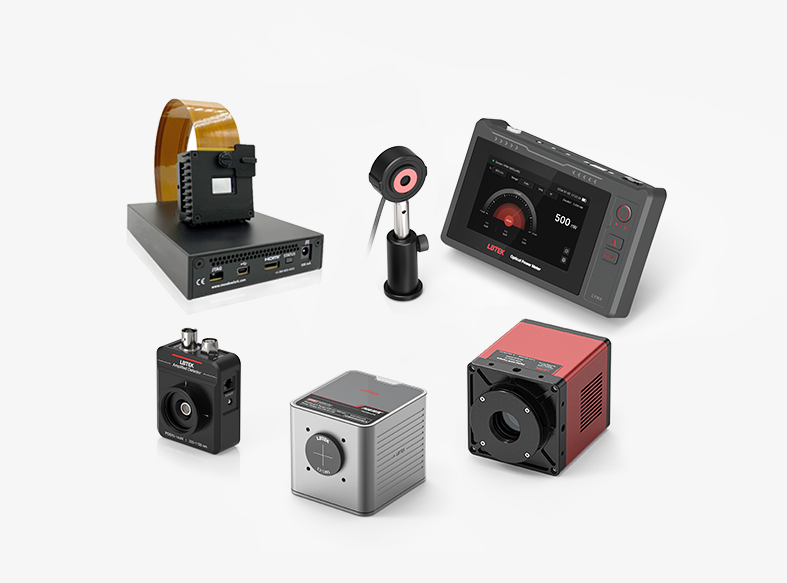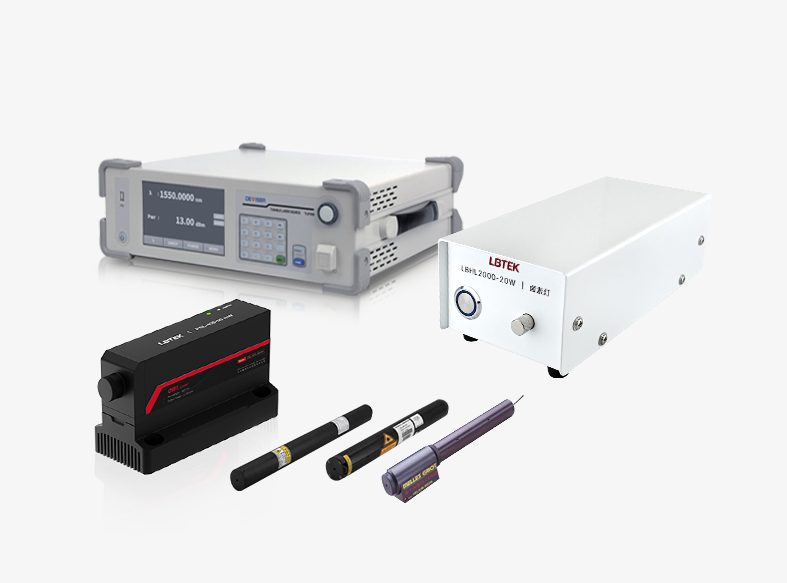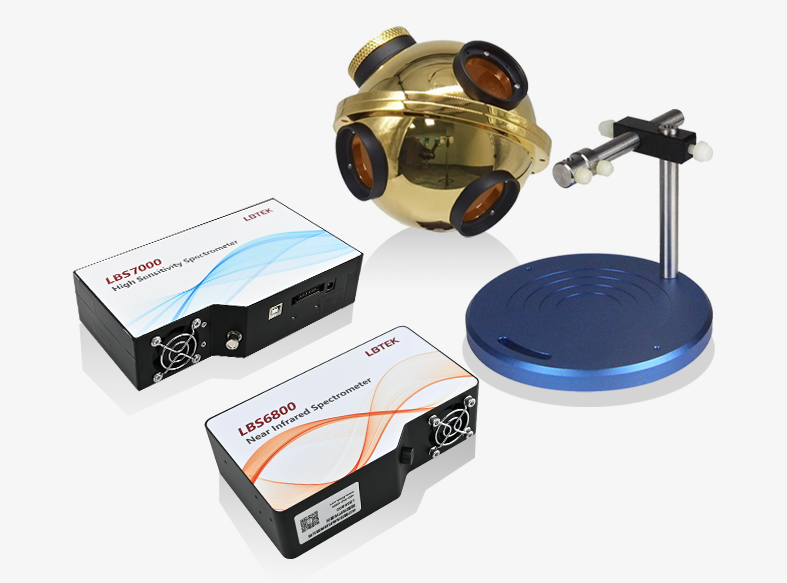- Covering ultraviolet, visible, and near-infrared spectral ranges
- Low dark noise, high signal-to-noise ratio, high dynamic range
- High frame rate, multiple integration methods
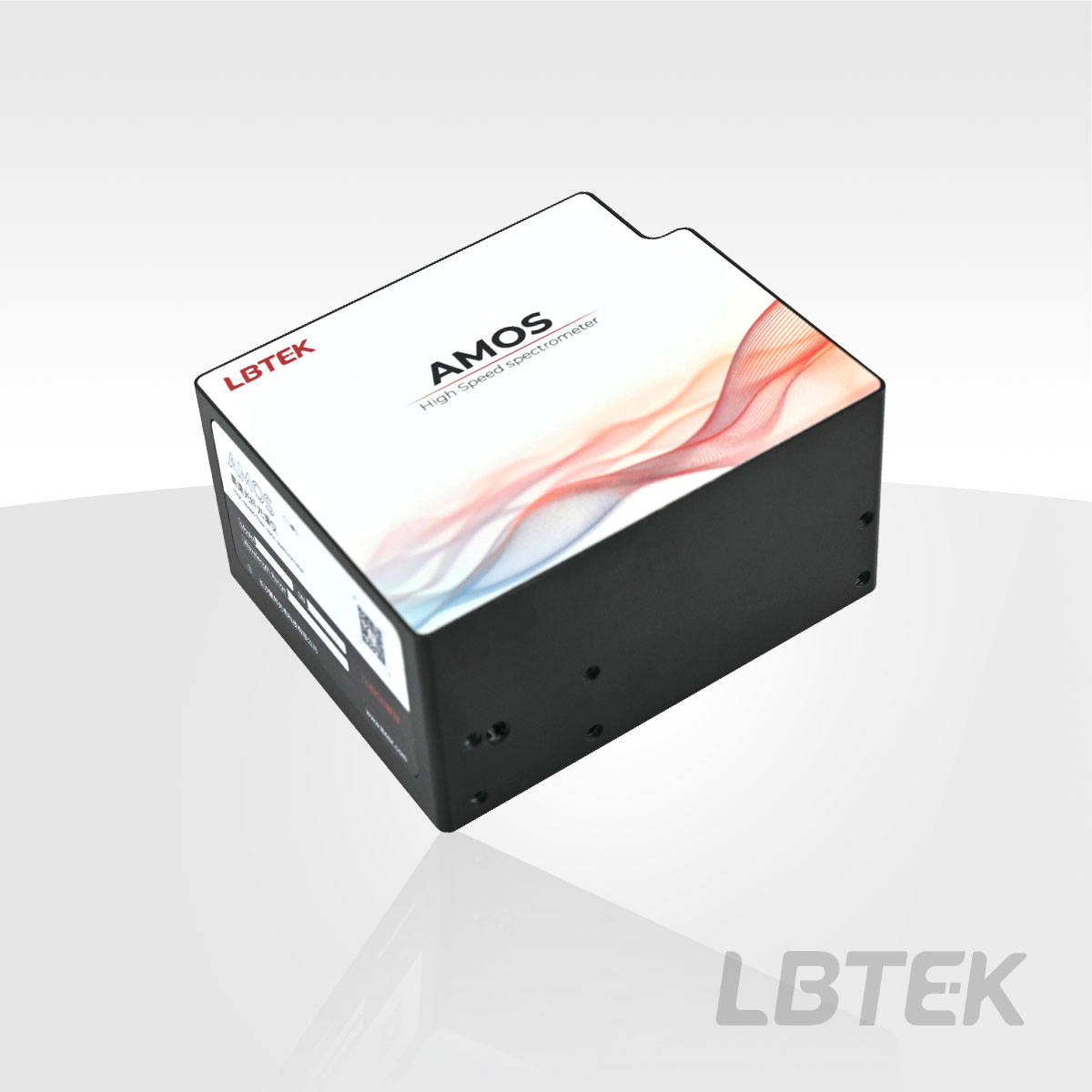
- Operating Wavelength: 200-1100 nm
- Dynamic Range: 4000:1
- Integration Time: 0.1 ms-10 s
The LBTEK AMOS Fiber Optic Spectrometer is a spectrometer specifically optimized for high-speed applications, with a wavelength response range covering 200-1100 nm. The AMOS Fiber Optic Spectrometer is designed based on an M-type Czerny-Turner structure, featuring low stray light and high spectral resolution. It utilizes a Hamamatsu high-sensitivity 2048-pixel linear CMOS array combined with a 16-bit 6 MHz A/D converter, providing a high signal-to-noise ratio and a dynamic range of 4000:1. The AMOS communicates with the host computer via a high-speed USB-Type-C interface, achieving a maximum frame rate of 1 kHz to meet the demands of high-speed applications. The operating wavelength range and resolution of the spectrometer depend on the selection of the grating and entrance slit. LBTEK also offers customized services for customers. For customization requests, please contact LBTEK Technical Support.
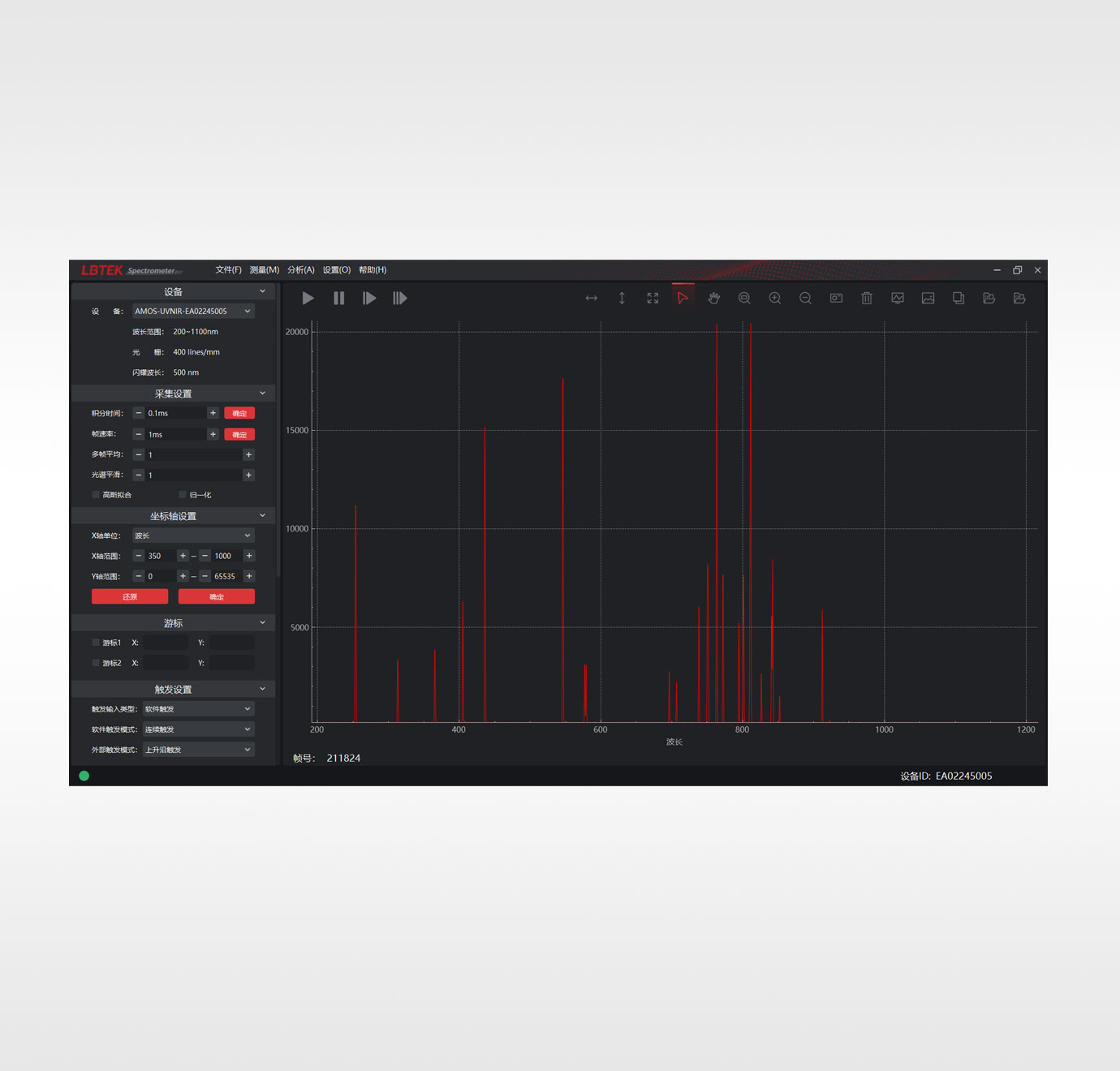
Product Model | Wavelength range | Spectral Resolution | Signal-to-noise ratio | Unit Price | Compare | Lead Time | ||
|---|---|---|---|---|---|---|---|---|
| AMOS | 350-1000 nm | <1.0 nm @546 nma | 1000:1 | $2002.95 | 4 weeks | |||
| AMOS-UVNIR | 200 nm-1100 nm | <1.3 nm @546 nma | 700:1 | $2002.95 | today |
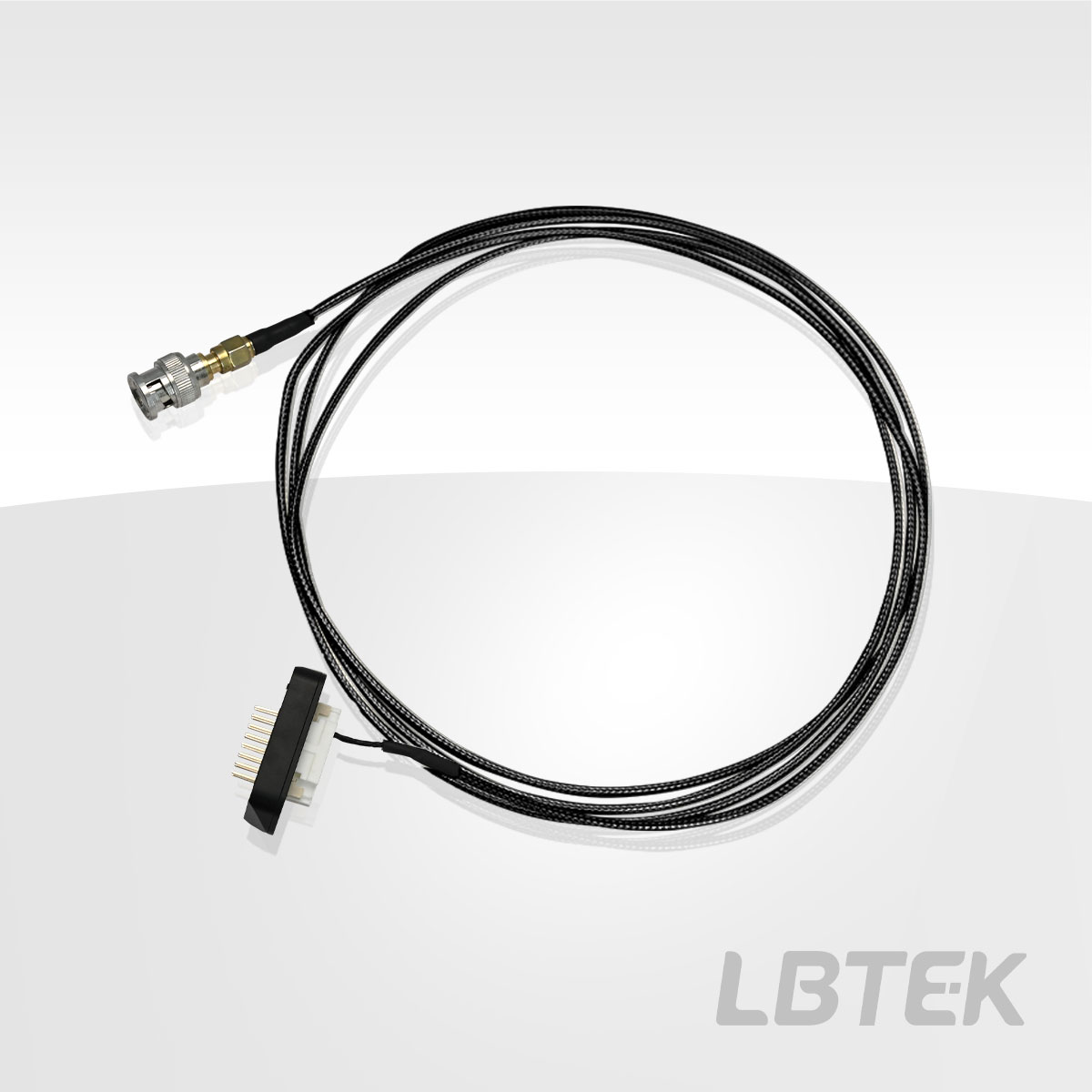
- TTL signal input
- Triggered by rising or falling edge
- Maximum input frequency 1KHz
The LBTEK AMOS-PIN External Trigger Input Cable is compatible with all models of the AMOS series fiber optic spectrometers, with an external trigger input signal type of TTL. This trigger cable, when used with the AMOS series fiber optic spectrometers and operating software, enables rising-edge or falling-edge triggering to meet users' specific application scenarios.
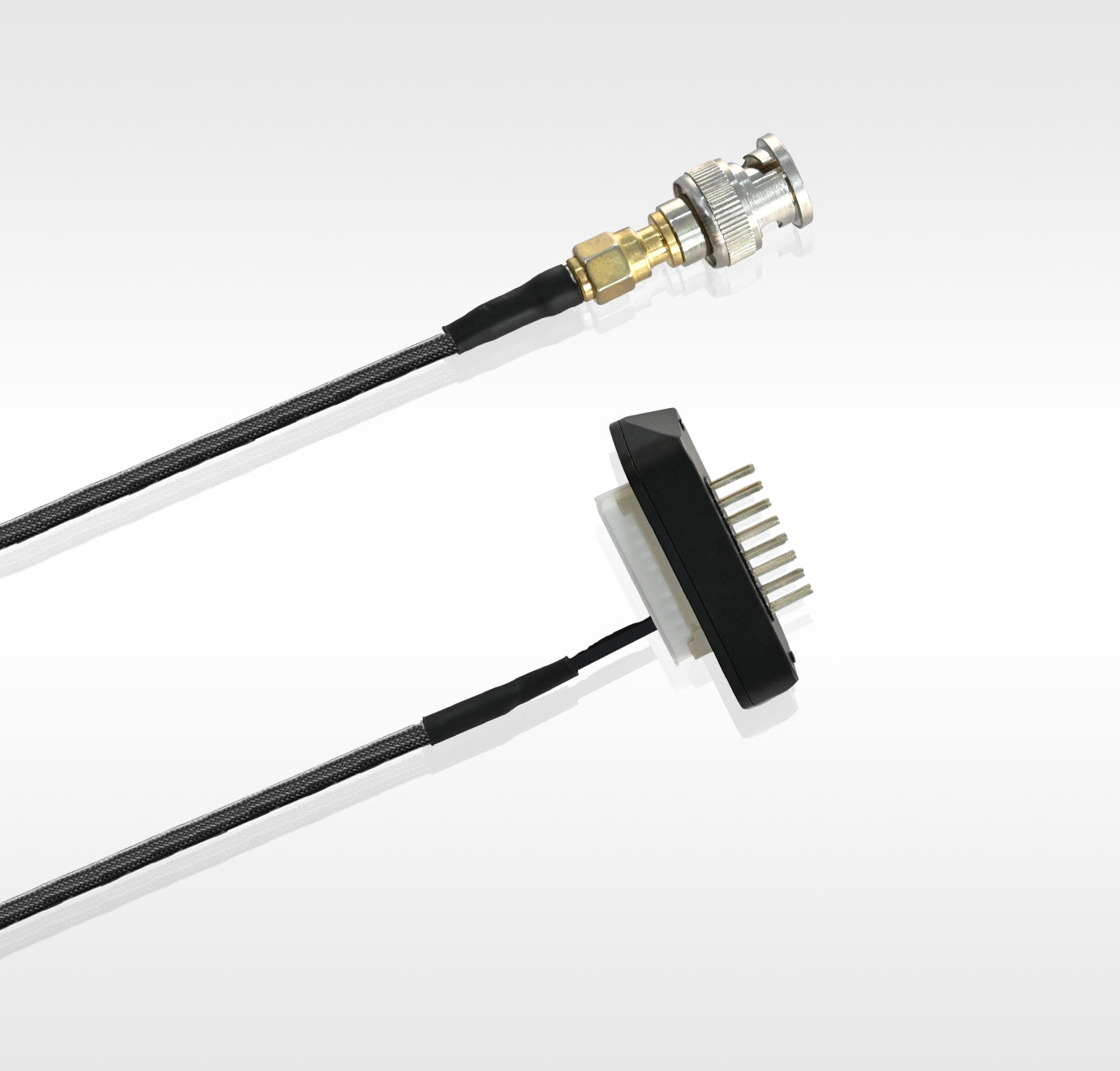
Schematic Diagram of AMOS External Trigger Cable Connector
Product Model | Duty cycle | Input frequency | Unit Price | Compare | Lead Time | ||
|---|---|---|---|---|---|---|---|
| AMOS-PIN | 50% | Up to 1 kHz | $39.09 | 3 weeks |
